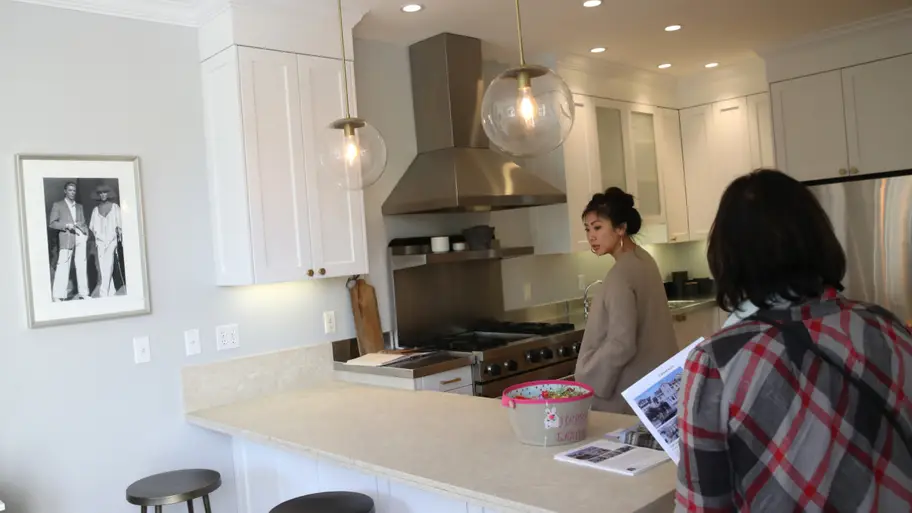
How much is my house worth?
Tell us your address and get an instant home value estimate.

How much is my house worth? It’s a question every homeowner wants to know the answer to, especially if you’re thinking about selling.
Any number of factors might affect the value of your home, including the neighborhood you’re located in, the size of your lot and the age and condition of the structure itself.
How different home valuations work
There are three main types of home valuation, and all might assign slightly different dollar amounts to the same house. For example, the same home may have an assessed value of $300K, an appraised value of $395K and a fair market value of $400K.
Assessed value
This is what your property taxes are based on — the dollar value of your property as determined by your area’s local tax assessors. It can go up as your home appreciates in value, but it is typically lower than the amount the home could actually sell for.
Appraised value
Professional home appraisals consider various factors to determine a home’s value, including size, location, condition, upgrades and local comps (or what other, similar homes nearby have sold for). Mortgage lenders require an appraisal before they will approve your loan.
Fair market value
This, ultimately, is the amount a buyer would be willing to pay for the home. Fair market value is heavily dependent on the state of your local housing market, in addition to the factors listed above.
| Assessed Value | Appraised Value | Fair Market Value | |
|---|---|---|---|
| Median US Home | $300K | $395K | $400K |
How do online home valuation tools work?
An online home valuation tool such as this one (sometimes called an automated valuation model, or AVM) is a useful starting point for figuring out how much your house is worth. These tools use computer algorithms to analyze publicly available data and come up with an approximate value for your property.
Each algorithm is different, so each AVM might give you a slightly different home valuation — they are only as good as the data that’s available and can’t replace a real estate agent or appraiser actually viewing the property in person. There are no guarantees that you’ll sell for the amount you see, but the results can give you a solid ballpark idea of your home’s approximate value.
How your home's value is calculated with Bankrate's AVM
Bankrate’s AVM framework consists of these 6 sub-models that provide unbiased, low-risk estimates on market value, at a given point in time:
- Enhanced Home Price Index Model - Reflects an update of the most recent actual value accounting for subsequent overall market growth.
- Tax Assessment AVM Model - Assumes the view of an assessor, adjusts for assessment values to account for local rules.
- Hedonic and Emulation AVM Models - Compares properties within neighborhoods and markets, adjusting price based on features.
- Emulation Model - Selects a set of recent comparable properties within range of the subject using dynamic search criteria.
- Procision Hedonic Model - Looks at the relationship between property characteristics and price within each county to estimate market value.
- Machine Learning AVM Models - Utilizes the latest decision tree and gradient boosting techniques to leverage large amounts of data.
Checking a home valuation tool periodically can be helpful even if you’re not thinking of selling.
For example, knowing about how much your home has appreciated in value can help you determine how much equity you’ve built or whether you’re being overcharged for property taxes.

